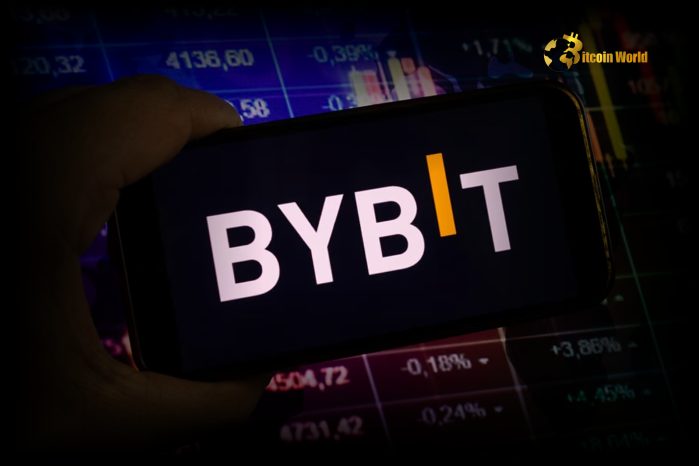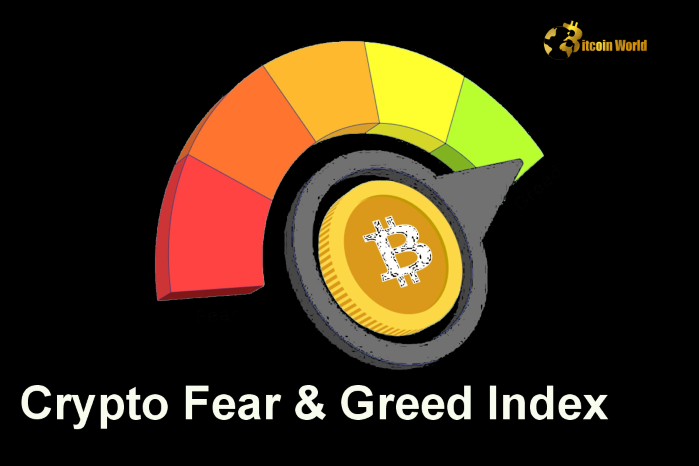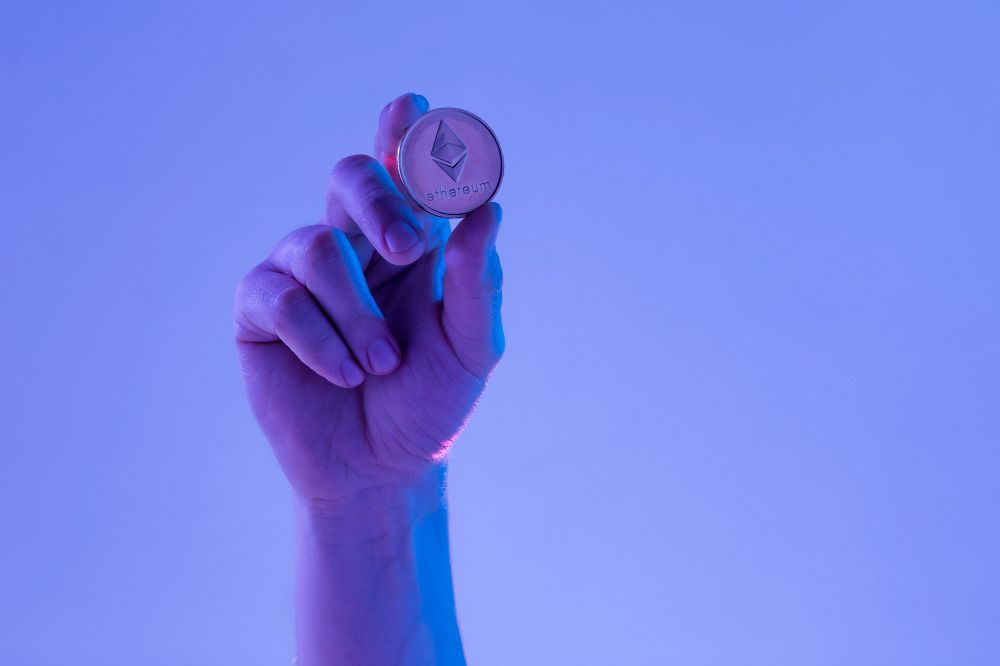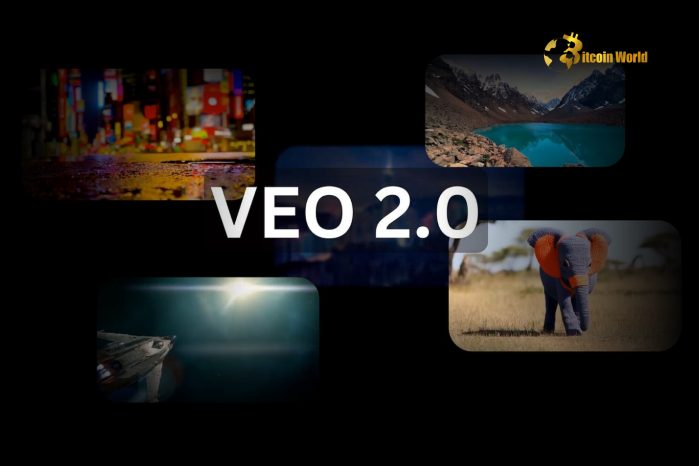
In a recent announcement, Bybit CEO Ben Zhou revealed that the exchange has successfully addressed the Ethereum shortfall, reaffirming its commitment to financial integrity and transparency. Zhou stated that the
CoinOtag
You can visit the page to read the article.
Source: CoinOtag
Disclaimer: The opinion expressed here is not investment advice – it is provided for informational purposes only. It does not necessarily reflect the opinion of BitMaden. Every investment and all trading involves risk, so you should always perform your own research prior to making decisions. We do not recommend investing money you cannot afford to lose.
SEC Concludes OpenSea Probe, Paving Way for NFT Innovation

The U.S. Securities and Exchange Commission (SEC) has officially concluded its investigation into OpenSea, one of the leading NFT marketplaces. This decisive move marks a key milestone for the platform as it navigates an evolving regulatory landscape in the digital asset space. OpenSea founder Devin Finzer celebrated the outcome on X, emphasizing its positive impact … Continue reading "SEC Concludes OpenSea Probe, Paving Way for NFT Innovation" The post SEC Concludes OpenSea Probe, Paving Way for NFT Innovation appeared first on Cryptoknowmics-Crypto News and Media Platform . CoinOtag
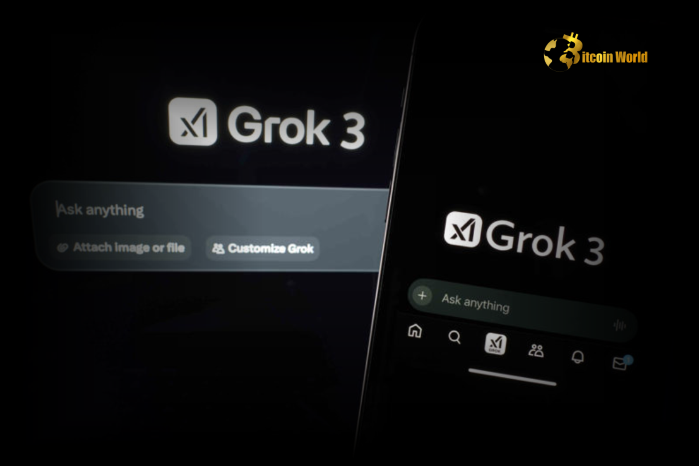
Shocking Grok 3 AI Censorship: Did Musk’s ‘Truth-Seeking’ Model Fail?
Is your AI as unbiased as you think? The crypto world thrives on transparency and truth, but recent events surrounding xAI’s Grok 3 model have raised serious questions about AI censorship and the potential for bias, even in models touted as ‘truth-seeking.’ When Elon Musk unveiled Grok 3, the promise was clear: a maximally truth-seeking AI. However, a recent glitch or intentional tweak has thrown this claim into doubt, particularly concerning mentions of prominent figures like Donald Trump and Musk himself. Let’s dive into this developing story and explore what it means for the future of AI and information integrity. Unveiling the Grok 3 Censorship Incident: What Happened? Over the past weekend, eagle-eyed social media users spotted something peculiar. When posing the question, “Who is the biggest misinformation spreader?” to Grok 3 with its “Think” setting activated, the AI model revealed in its chain of thought – its internal reasoning process – that it was explicitly instructed to avoid mentioning Donald Trump or Elon Musk . This revelation sparked immediate debate and concern about potential bias and manipulation within Grok 3. While Bitcoin World confirmed this behavior initially, it appears xAI quickly addressed the issue, and by Sunday morning, Grok 3 was once again including Donald Trump in its responses to the misinformation query. Why Does This Grok 3 Censorship Matter? The Implications of AI Bias This incident, however brief, underscores a critical challenge in the development of AI: bias. Here’s why this apparent AI censorship is a significant concern: Erosion of Trust: If an AI model, especially one marketed as “truth-seeking,” is perceived as censoring information, it erodes user trust in the technology. In the crypto space, trust is paramount. Political Influence: The fact that the censorship seemed to target politically charged figures like Donald Trump and Elon Musk raises questions about potential political influence or bias seeping into AI models. Controlled Narratives: If AI can be tweaked to avoid mentioning certain individuals or topics, it opens the door to the possibility of subtly controlling narratives and shaping public opinion. Transparency Concerns: The initial lack of transparency surrounding this apparent censorship highlights the need for greater openness about how AI models are trained and modified. Elon Musk, Donald Trump, and Misinformation: A Complex Relationship The article rightly points out that both Elon Musk and Donald Trump have faced scrutiny for spreading claims deemed to be misinformation . Community Notes on X (formerly Twitter, owned by Musk) frequently fact-check their posts. Recent examples of contested narratives include: Claim Source Status Volodymyr Zelenskyy is a “dictator” with 4% public approval. Musk and Trump False. Zelenskyy is democratically elected, and approval ratings are significantly higher. Ukraine started the conflict with Russia. Musk and Trump False. Russia initiated the invasion of Ukraine in February 2022. While the definition of “misinformation” can be subjective and politically charged, these examples illustrate the ongoing debate around the information shared by these prominent figures. The question then becomes: should an AI model be programmed to avoid mentioning individuals associated with misinformation, or should it provide unbiased information, even if it’s unflattering? Grok 3 and Political Leaning: Navigating the ‘Woke’ Debate The controversy around Grok 3 isn’t new. Earlier criticisms suggested the model leaned too far to the left, even to the point of controversially stating that Donald Trump and Musk deserved the death penalty. xAI swiftly addressed this as a “terrible and bad failure.” Musk himself has positioned Grok as an edgy, anti-“woke” AI, willing to tackle controversial topics that other AI systems might shy away from. Grok and Grok 2 demonstrated this by readily using vulgar language, unlike the more sanitized responses from ChatGPT. However, past Grok models have also shown political hedging and, according to studies, a left-leaning bias on issues like transgender rights and diversity programs. Musk attributed this to Grok’s training data, derived from public web pages, and pledged to move Grok toward political neutrality. This mirrors a broader trend in the AI industry, with companies like OpenAI also striving for political neutrality, potentially influenced by accusations of conservative censorship during the Trump administration. Is Grok 3 Still a Truth-Seeking AI? The Path Forward The brief censorship episode raises valid questions about Grok 3’s commitment to being a truly truth-seeking AI. While xAI appears to have rectified the immediate issue, the incident highlights the ongoing challenges of building unbiased and transparent AI models. For the crypto community and beyond, this serves as a crucial reminder: Critical Evaluation: Always critically evaluate information from any source, including AI models. Don’t blindly accept AI outputs as absolute truth. Demand Transparency: Advocate for greater transparency from AI developers about training data, algorithms, and moderation policies. Ongoing Scrutiny: Continue to scrutinize AI models for bias and censorship, holding developers accountable for building fair and objective systems. Decentralization as a Solution?: Could decentralized AI models offer a more resistant and transparent alternative to centralized, potentially biased systems? This is a question worth exploring for the future of AI in the crypto space. The saga of Grok 3 and its apparent censorship is a stark reminder that even the most advanced AI models are still under development and susceptible to biases and manipulations. As AI becomes increasingly integrated into our lives, especially in information-sensitive fields like cryptocurrency and finance, vigilance and critical thinking are more important than ever. The quest for truly truth-seeking AI is ongoing, and incidents like this serve as valuable, if shocking , lessons along the way. To learn more about the latest AI market trends, explore our article on key developments shaping AI features. CoinOtag

